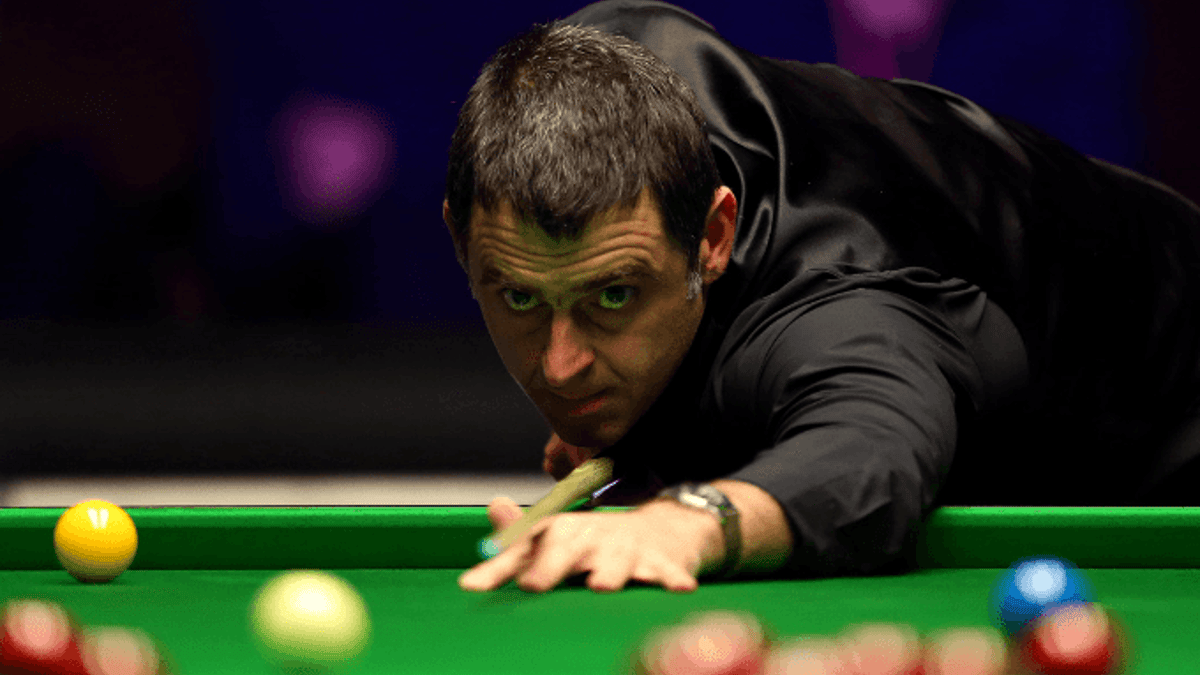Snooker Betting Strategy: Match Format and Player Styles

Snooker is a sport that has enjoyed huge growth as a betting medium. Unquestionably the 80’s, particularly 1985 when 18.5 million watched Dennis Taylor defeat Steve Davis in the World Snooker Championship final during the early hours of a Monday morning, was snooker’s time. But the game has now gone global acquiring a fan-base stretching across the planet with China, population 1.4 billion, being a particular hot spot.
Of course the world has changed a lot in almost 35 years and back in 1985 betting shops were closed on a Sunday, there was no telephone betting, no internet and in-play betting was a figment of people’s imagination. Snooker betting amounted to pre break-off win markets and limited correct score opportunities.
Snooker betting is very different in the twenty first century and not only can you place a bet 24/7, you have a plethora of markets available to you – everything from match winner to handicap markets, in-play betting on the frame in progress to the value of the first coloured ball potted in the next frame – and vitally there are no end of facts and figures readily available to snooker punters which can be used to identify bookmakers’ weaknesses.
Match Formats
As with any sport, the key to successful snooker betting is information. The first factor to bear in mind is the format of a match or competition. Over-worked odds compilers will doubtlessly have bulk standard statistics available to them, such as lifetime head-to-heads between two players.
Punters should consider many matches are the ‘best of seven frame’ format and others can be anything up to the ‘best of 37 frames’ and just because a horse beats another over five-furlongs, you would not stake your life on it confirming the form over a mile-and-a-half.
Single Frame
Unquestionably the length of the game should have a massive influence on the match odds. In 2017 the one-frame Snooker Shootout was given ‘ranking status’ meaning it attracted a classier field than before. Nevertheless, with a ten-minute maximum game time, ten and 15 second shot-clocks, a rule that states players must hit a cushion with a ball on every visit to the table and fouls being penalised with a ‘ball in hand’ (meaning the white can be placed anywhere), there is a strong argument for blindly backing underdogs against their established higher ranked rivals.
Match-Play
However, in longer format matches, the better a player’s proven ability (ranking and form) the more likely he is to prevail against a lower ranked rival. That is not a theory it is proven fact.
Nevertheless snooker is a mano a mano sport and human nature dictates mind-set is a key factor in performance. The sport is littered with seemingly inexplicable upsets but pretty much all of them can be attributed to a casual approach by the long odds-on favourite.
A case in point, possibly the biggest upset the sport has ever seen, was the first round of the 2019 Betfred World Championship and the elimination of the legendary Ronnie O’Sullivan. The ‘Rocket’, 1/40 to win the match with the best Snooker betting sites, was always on the back-foot against 23-year-old James Cahill who was the first amateur player to ever qualify for the World Snooker Championship.
Style of Play
But there is more than one way to cause an upset. In football you will probably need a mid-match torrential downpour, a man sent off and a key player injured for a non-league side to overcome a Premiership outfit. In snooker contrasting playing styles allied to brinkmanship can see all known form and statistics rendered useless.
Some players are aggressive, majoring in long potting and beak building. Others major in safety play and win their frames in low-scoring tactical style. Similarly there are a number of fast players, 2019 World Champion Judd Trump comes to mind, as does five-time World Champion Ronnie O’Sullivan and the top-16 ranked Jack Lisowsi. None of these waste much time in taking their shots, but others are naturally slow, regularly taking an average shot time in excess of 30sec. They include Rod Lawler, Lee Walker and Anthony Hamilton.
When two contrasting playing styles collide apple carts are often upturned and on more than one occasion the form book could have been set alight in long format matches on the sport’s biggest stage.
Neither Ronnie O’Sullivan or 2002 World Champion Peter Ebdon made an impact on the 2005 World Championship but their quarter-final meeting is still talked about to this day. In it O’Sullivan had raced away to a seemingly unassailable 8-frames-to-2 lead but it was Ebdon who ultimately won the game 13-11.
He did not do so by upping his performance, he did so by slowing the pace of the game to a proverbial crawl. He regularly took over a minute to select a shot, asked for the white ball to be cleaned by the referee on countless occasions and even asked for his intervention to clean coloured balls, something that is rarely seen.
As O’Sullivan became visually frustrated at his time-wasting antics Ebdon slowed down his game yet further. It reached outrageous proportions when the underdog took five-and-a-half minutes to register a break of 12. Compare that to O’Sullivan’s 1997 record 147 beak which he completed in five-minutes and eight-seconds!
Clearly the format of a match, the styles of play and approach to a game by its contestants are all variables you need to feed into calculations when making your betting decisions and they may not necessarily be the same pieces of information bookmakers are keying into their hallowed algorithms when pricing-up their markets.
Stay In The Loop With Industry News, Insider Tips & More!
Live Betting. News and Industry Updates. Sent Weekly.








